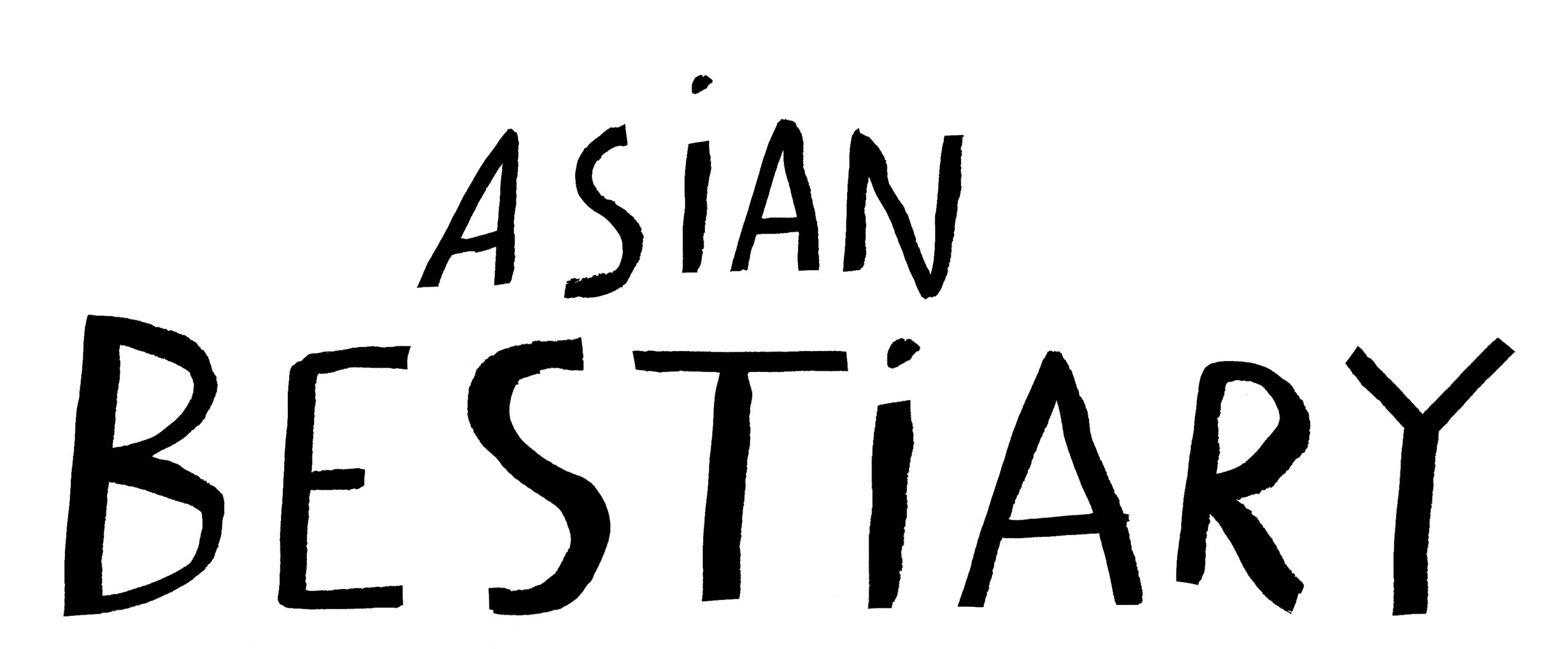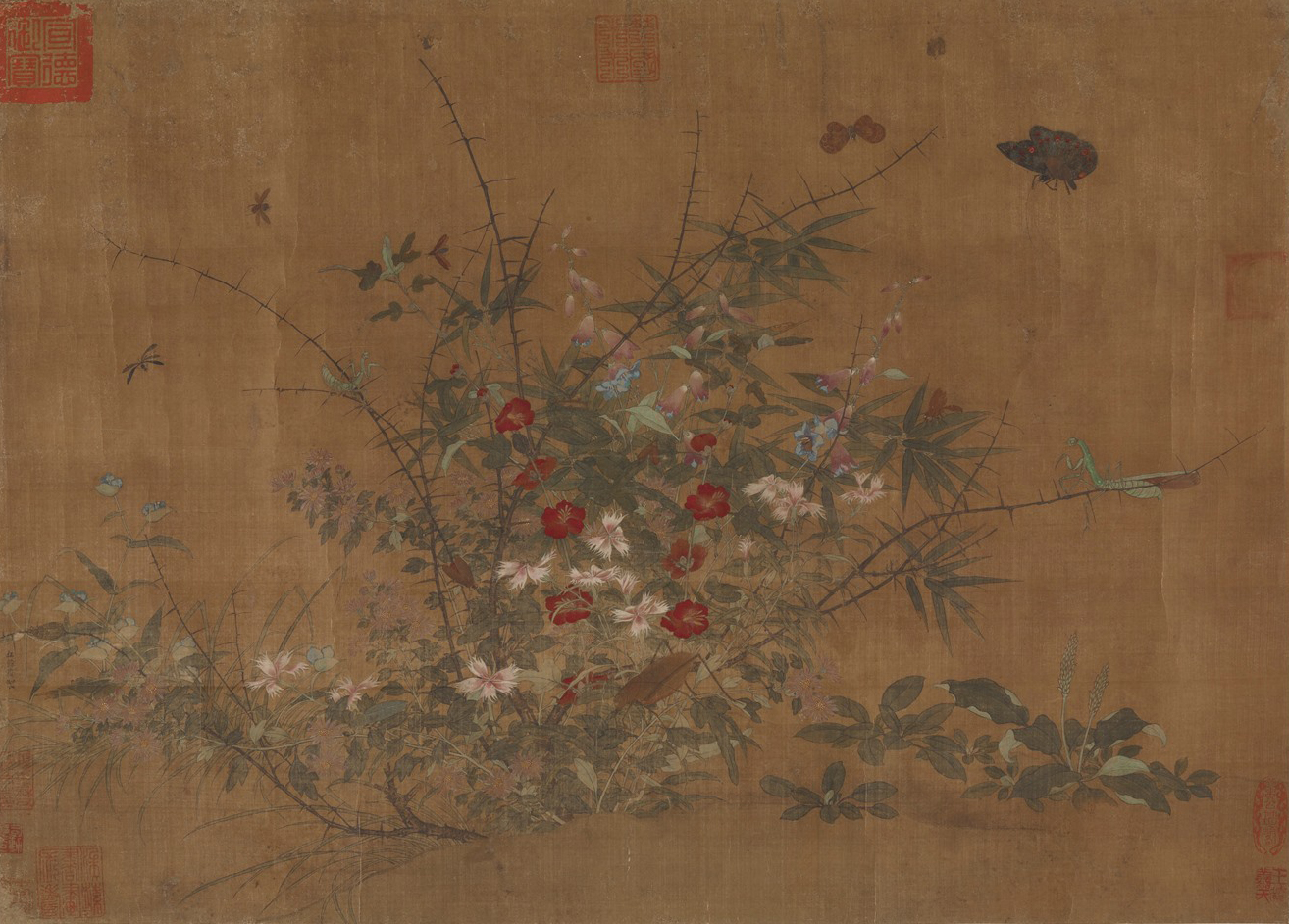Cockroaches and cockroach products are in use for medical purpose in many countries across the Indian ocean. Stories about this animal were gathered and written by students. They are all part of a pedagogical project, funded by the National University of Singapore and the Université de Paris. The Bestiary site is a work-in-progress and a participatory educational tool, representing animals whose products or body parts are used to promote health and healing.
Endless Cockroaches
A Story by Woon Ee Ting
The sight of cockroaches evokes either fear or repulsion among many around the world. The word “cockroach” has several symbolic representations. For one, it has taken on the form of a derogatory term, commonly used to insult the opposing party or to dehumanize people, thus opening “the door for cruelty and genocide” (Smith, 2011). Recently, such name-calling became widely used in Hong Kong, where protestors were often called “cockroaches” by the pro-Beijing supporters, Hong Kong police officers and the Chinese state media (Greene, 2019; Ang & Wong, 2019). Cockroaches, however, are also valued in a few pockets around Asia. The cockroach symbolizes continuance, durability, and resilience, thus, living up to its reputation of existing before the dinosaurs. Therefore, depending on the context the cockroach can take on varied meanings and connotations.
Value in Asian Medicine
Cockroaches are an integral part of some Asian cultures. They are a food delicacy for the Thai, the Chinese, and the Cambodians, and are known to be a good source of protein. Additionally, in China, cockroach rearing is a booming industry, where they are utilized in the cosmetic and pharmaceutical industry (Huang, 2018). In the pharmaceutical industry, cockroaches have been part of the Compendium of Materia Medica, the most comprehensive medical book on traditional Chinese Medicine (TCM) since the late 16th century (Gulf News, 2019). Currently, the pharmaceutical company “GoodDoctor”—one of the first of its kind—is breeding and using cockroaches in TCM, specifically the American cockroaches, as their constituents have “favourable tissue-repairing, anti-bacterial anti-tumour and immunity enhancing substances” (Zhu et al., 2018). There are several ways of consuming them. For instance, it can be used as an oral tablet for “potent anti-tumour effects and anti-bacterial activity” (Zhao et al., 2017), or in a liquid form to treat various skin or mucosa injuries (Zhu et al., 2018). Asian societies have developed several unique ways to capitalize on the health benefits of cockroaches.
Generally, as much as humans detest or fear cockroaches, the question of whether there will be future advocacy efforts to ban their use in TCM, as there are for tigers, elephants, and sharks, remains uncertain. Considering that these creatures are one of the oldest, most adaptable, and most resilient of insects, the possibility of their extinction is slim to none. Consequently, there are currently no conservation efforts to preserve them since they are not included in the IUCN list (Saint Louis Zoo, n.d.). As cockroaches do not have neotenic traits, where they do not possess cute physical appearances, their utilization for human needs is Would humans advocate for the rights of cockroaches? Or minimally, would cockroaches receive similar protection to those in chicken and pig rearing farms? These are unanswered questions, but worth pondering as these creatures are all bred for the sole purpose of utilizing them and may also face a slim possibility of being endangered.




